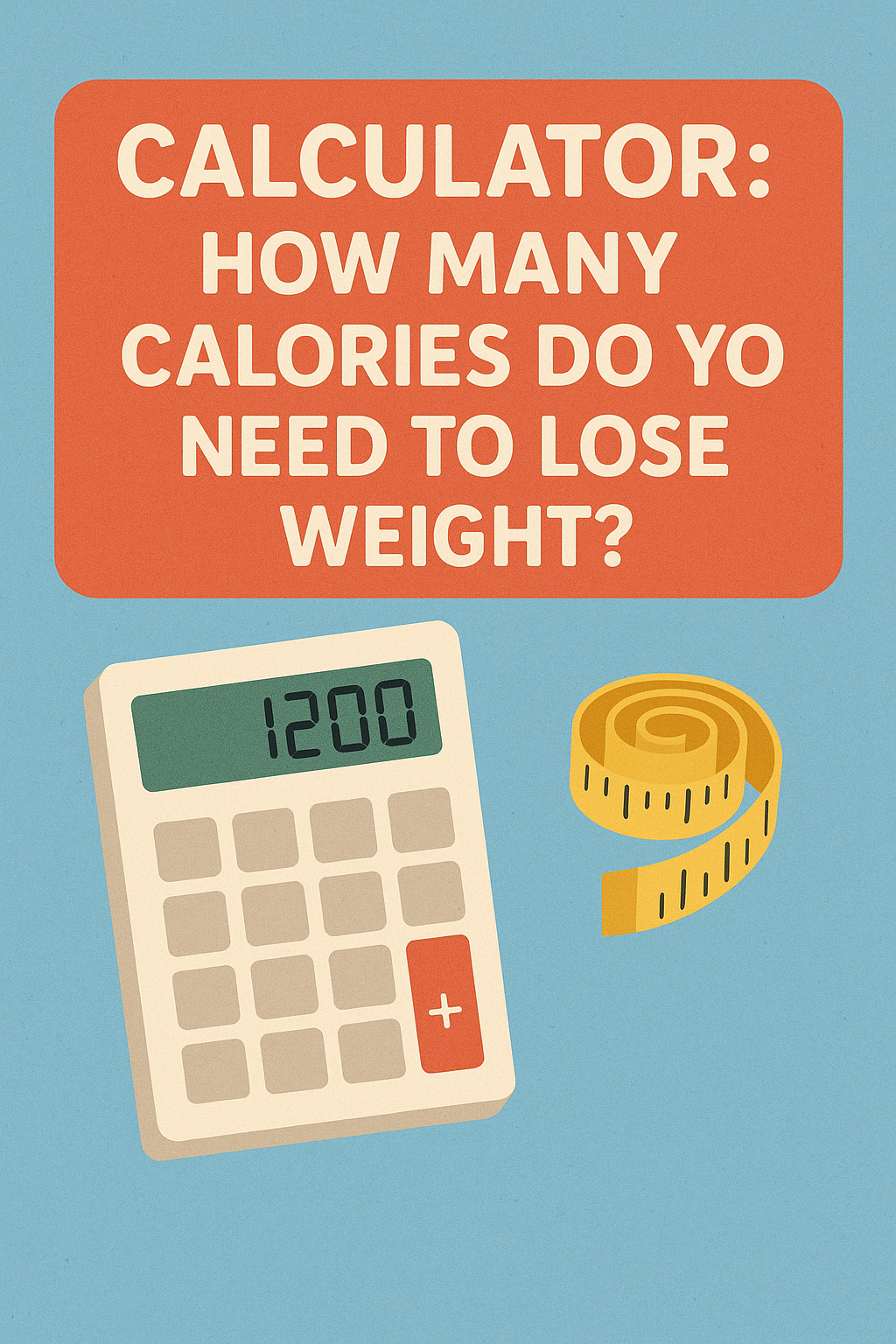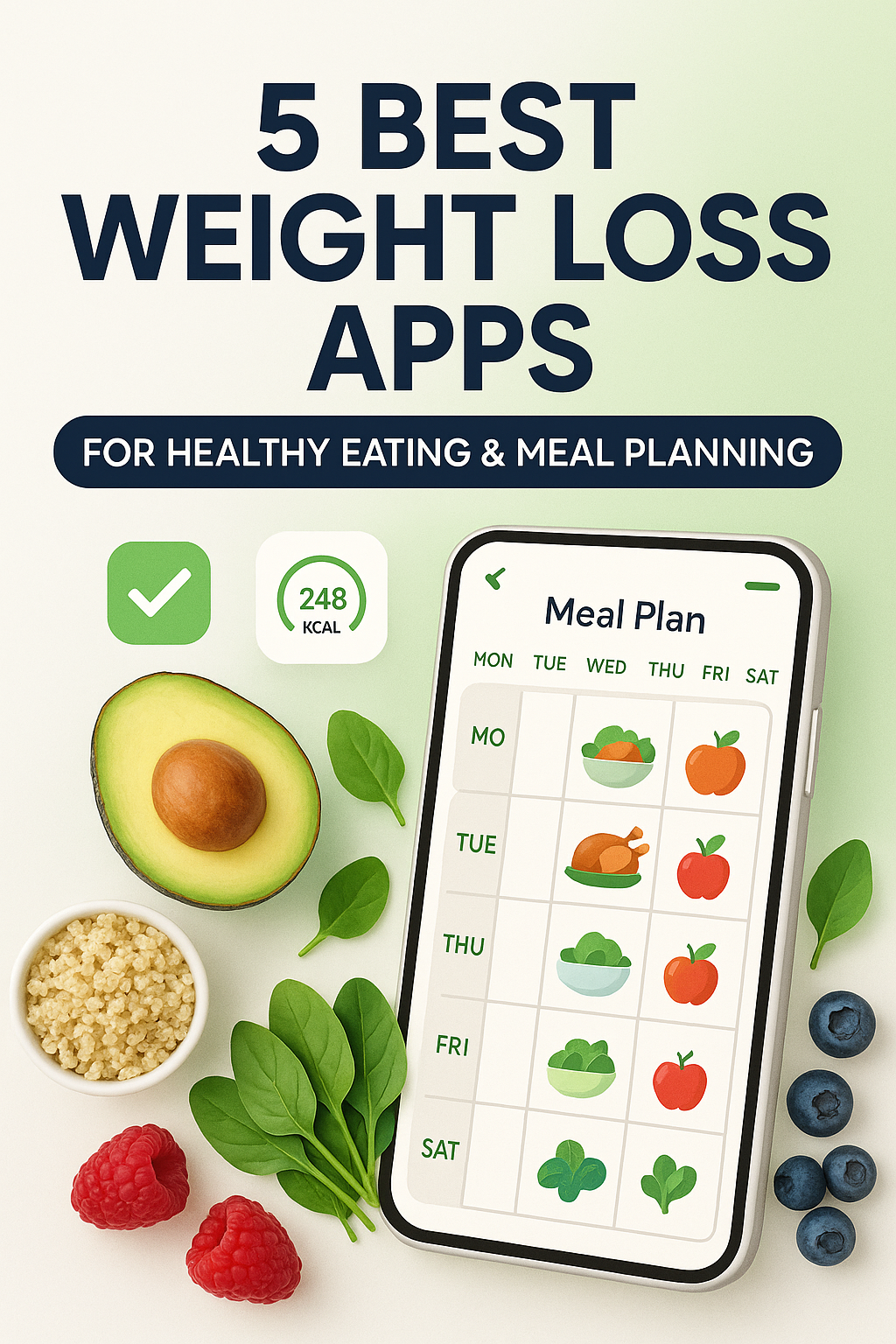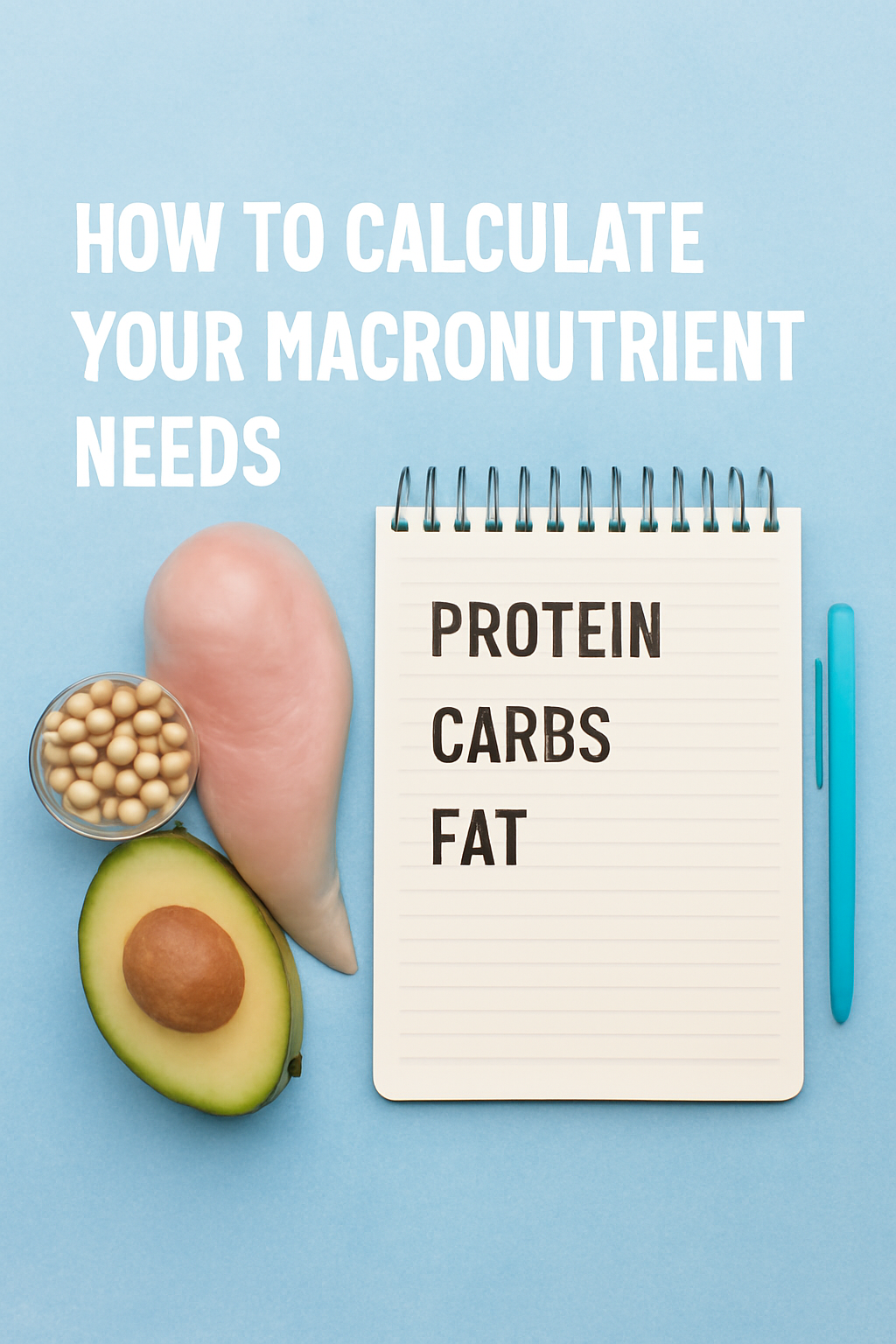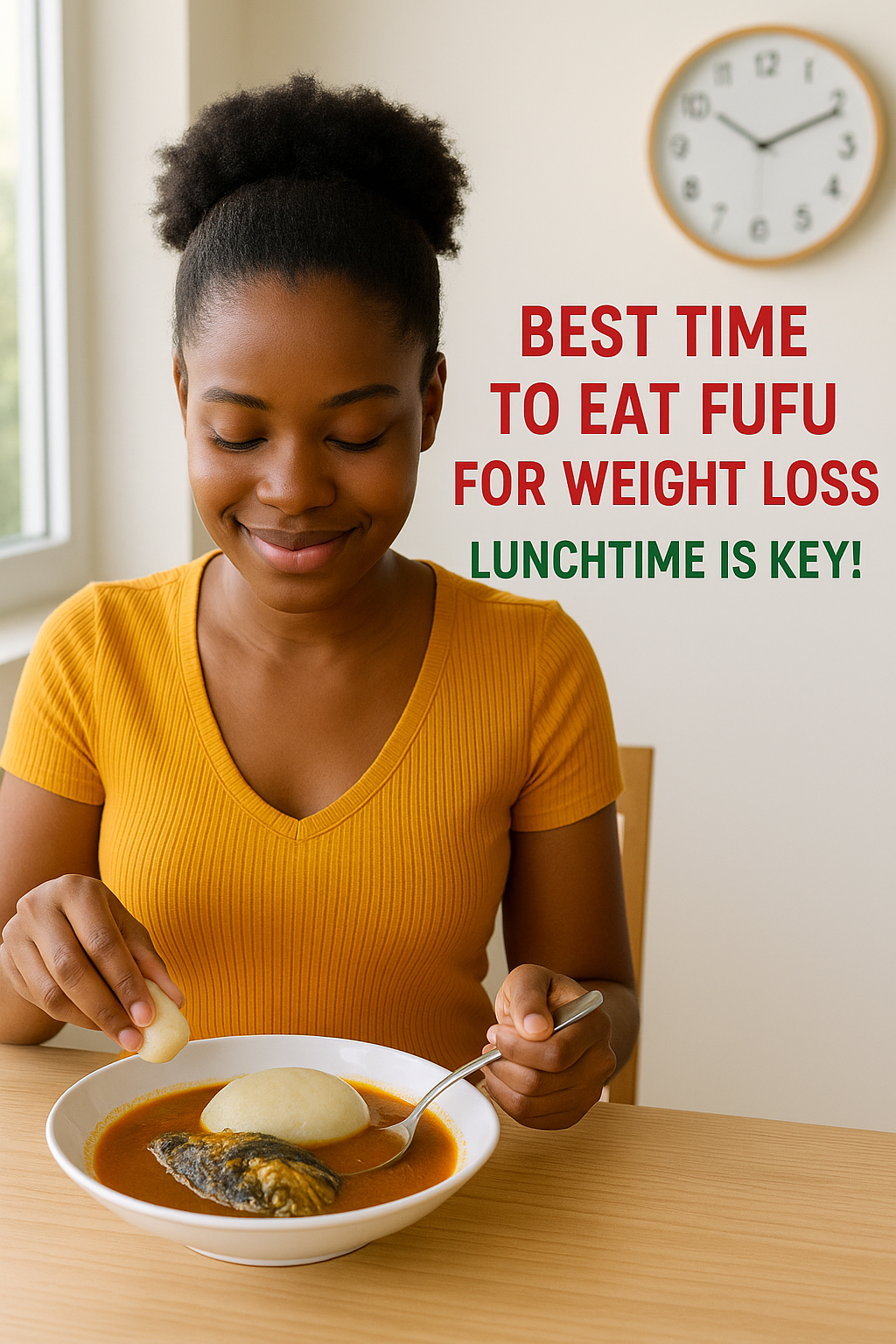Losing weight can be a challenging and daunting task, but it’s not impossible. One of the most important factors in achieving weight loss is understanding how many calories you need to consume each day. In this post, we’ll explore the concept of calorie deficit, factors that affect calorie needs, and provide a comprehensive guide on how to use our calorie calculator to determine your daily calorie needs.
Understanding Calorie Deficit
A calorie deficit occurs when you consume fewer calories than your body burns. This deficit is necessary for weight loss, as it allows your body to use stored fat for energy. There are two ways to achieve a calorie deficit: by reducing your daily caloric intake or by increasing the number of calories you burn through physical activity.
To achieve a calorie deficit, you need to consume fewer calories than your maintenance level. Your maintenance level is the number of calories your body needs to function at rest. This number varies depending on factors such as age, sex, weight, height, and activity level.
Factors That Affect Calorie Needs
Several factors affect your daily calorie needs, including:
- Age: Your calorie needs decrease with age. This is because your metabolism slows down, and you lose muscle mass.
- Sex: Men generally require more calories than women due to their higher muscle mass.
- Weight: Your calorie needs increase with weight. This is because your body requires more energy to maintain its basic functions.
- Height: Your calorie needs increase with height. This is because your body requires more energy to maintain its basic functions.
- Activity level: Your calorie needs increase with physical activity. This is because your body requires more energy to fuel your workouts.
How to Use Our Calorie Calculator
Our calorie calculator is a simple and effective tool that helps you determine your daily calorie needs. To use the calculator, follow these steps:
- Enter your age: Enter your age in years.
- Enter your sex: Select your sex from the dropdown menu.
- Enter your weight: Enter your weight in pounds or kilograms.
- Enter your height: Enter your height in feet and inches or centimeters.
- Select your activity level: Select your activity level from the dropdown menu.
- Click calculate: Click the “Calculate” button to determine your daily calorie needs.
Tips for Sustainable Weight Loss.
Achieving sustainable weight loss requires a combination of healthy diet, regular exercise, and lifestyle changes. Here are some tips to help you achieve sustainable weight loss:
- Eat a balanced diet: Focus on whole, unprocessed foods such as vegetables, fruits, whole grains, lean proteins, and healthy fats.
- Stay hydrated: Drink plenty of water throughout the day to help control hunger and boost metabolism.
- Incorporate physical activity: Aim for at least 150 minutes of moderate-intensity exercise or 75 minutes of vigorous-intensity exercise per week.
- Get enough sleep: Aim for 7-9 hours of sleep per night to help regulate hunger hormones and support weight loss.
- Manage stress: Chronic stress can lead to overeating and weight gain. Try stress-reducing techniques such as meditation, yoga, or deep breathing exercises.
Conclusion
Losing weight can be challenging, but it’s not impossible. By understanding how many calories you need to consume each day and making sustainable lifestyle changes, you can achieve your weight loss goals. Remember to always consult with a healthcare professional before starting any weight loss program.
Frequently Asked Questions
Q: How many calories do I need to lose weight?
A: The number of calories you need to lose weight varies depending on factors such as age, sex, weight, height, and activity level. Use our calorie calculator to determine your daily calorie needs.
Q: What is a calorie deficit?
A: A calorie deficit occurs when you consume fewer calories than your body burns. This deficit is necessary for weight loss.
Q: How do I achieve a calorie deficit?
A: You can achieve a calorie deficit by reducing your daily caloric intake or by increasing the number of calories you burn through physical activity.
Q: What factors affect my calorie needs?
A: Factors that affect your calorie needs include age, sex, weight, height, and activity level.
Q: How do I use the calorie calculator?
A: To use the calorie calculator, enter your age, sex, weight, height, and activity level, and click the “Calculate” button.
I hope this comprehensive guide helps you understand how many calories you need to lose weight and provides you with the tools and resources you need to achieve your weight loss goals.




